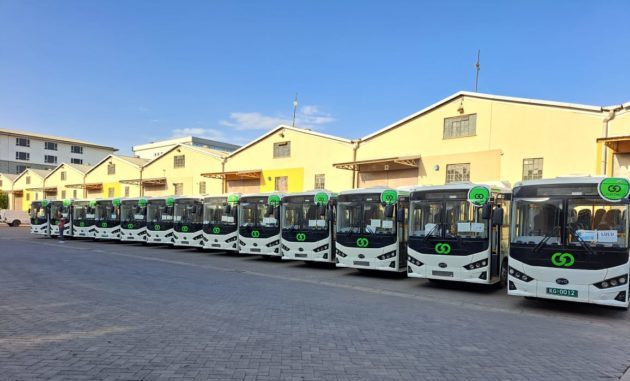Kenya has embraced solar technology to help in reaching out to the areas which electricity is yet to be installed making technology accessible; because of this a study done last year by the M-KOPA Solar and InterMedia shows that Kenya has emerged as a hot spot for off-grid solar, with 14 percent of the population surveyed using solar as their primary lighting and charging source.
The population, according to Kenya Power, calculates that 30 percent of the population has access to the grid, which leaves up to 56 percent still relying on kerosene, batteries and candles.
The study compares Kenya to other African countries and it concludes that Kenya is a leader for off-grid power. It explains that the most recent Africa-wide study by Lighting Africa in 2012 showed that the penetration of ‘pico-powered’ lighting systems (solar and wind-up) in Africa’s 115-120 million off-grid households was estimated to be just 4 percent.
Jesse Moore, MD and Co-Founder M-KOPA says, “Off-grid solar is a vital part of Kenya’s energy mix. This market has been ignited by new and improving solar equipment, and much of it has been made affordable to the mass market by pay-as-you-go offerings or other consumer financing models.”
M-KOPA has connected over 140,000 homes in Kenya to solar power in the past two years, plus 20,000 more in Uganda and Tanzania. The Nairobi-based company partnered with Safaricom in late 2012 to launch the first commercial offering, globally, that combines mobile payments with GSM sensor technology to sell solar power systems to households on a daily payment plan.
Jesse Moore says, “We’ve developed solar home systems to power lighting, phone charging and radio. Being able to provide this on a payment plan that was on average 40% cheaper than kerosene, batteries and candles was what has enabled us to build scale – to the point we’re now connecting 500 or more homes a day.”
The M-KOPA and InterMedia study surveyed 300 households across Kenya. It also looked at what consumers were spending on their energy consumption. Off-grid homes, without solar, are spending on average Ksh 24,820 ($ 272) per annum with 55 percent of this on kerosene. The balance is spent on batteries, third party phone charging, torches and candles.
Jesse Moore says, “The Kenyan solar category has grown quickly because consumers are being offered more and more solar options at different price points and with affordable payment options. Much of this is enabled by the convenience of mobile money, especially M-PESA. Making solar affordable has had a positive impact on people’s lives and savings, though we believe that the scale and impact will grow many times over in the coming years.”
Most off-grid homes in Kenya are classified as low income, with average per capita annual incomes of Ksh 66,430 ($ 730). Solar providers in Kenya have been successful at creating products and payment options that work financially and practically for these consumers. The M-KOPA and InterMedia study calculates that the total annual energy spend by consumers in Kenya is now valued at over Ksh 150 billion $ 1.3billion).









